Projects swapping combustion engines for electric power seek to give long-serving aircraft types a second, green career.
Clean-sheet aircraft designs require not only huge sums of investment dollars but command time frames for development, testing and certification that can expand into decades.
Therefore, retrofitting – removing a combustion engine and installing new, clean technology propulsion systems to existing aircraft – is becoming an increasingly tempting path for some operators. It’s a process that not only holds the promise of reduced carbon emissions in a halved timeframe, but the dollars add up as well.
The company’s long-term goal? Retrofit a Saab 340 with an emissions-free propulsion system.
Electric dreams
Electrification is not widely considered a viable option for large jet aircraft, but regional airliners and commercial aircraft running short flights are a different proposition. Key to the battle of weight trade-offs and power availability are smaller airframes, short routes and fewer passengers – less weight-to-drag for the take-off and shorter distances to haul the weight. So retrofitting these smaller types of aircraft with new cleaner propulsion systems has become an ‘achievable prospect’.
Not only is the electric-retrofit concept tantalisingly close to being proven in a number of places around the world, it is also claimed to be fiscally prudent and has a few other great payoffs. With an improved bottom line and other advantages on offer, what regional airline or short-mission commercial operation wouldn’t want to consider retrofit?
Electric schemes
In July 2022, Rex Airlines partnered with Dovetail Electric Aviation – owned by Sydney Seaplanes and Dante Aeronautical – to ‘pioneer the conversion of turbine-powered aircraft to electric, nil-emission propulsion’ through the retrofitting of an electric propulsion system (EPS) to an existing aircraft. Rex would provide technical expertise, maintenance support and some facilities for storage. The company’s long-term goal? Retrofit a Saab 340 with an emission-free propulsion system.
The partnership was cemented in April 2023 with an ‘equity participation agreement’ and Rex appointing Ron Bartsch, one of its board members, to the Dovetail board. In June, Dovetail announced that Hyundai Motor Group’s business brand, HTWO, would supply a hydrogen fuel cell system to integrate with its EPS for powertrain trials.
Rex and Dovetail’s current plan is to work towards retrofitting a Saab 340 by first proving the concept on a Cessna 208 Caravan and a Beechcraft King Air.
David Doral, Founder of Dovetail Aviation, confirmed the retrofit of a Saab 340 at this stage is a ‘prospect’ rather than a ‘project’. ‘Preliminary sizing investigations into how that might work have been done, but the focus is the eCaravan and King Air projects, and they will create a roadmap for further developments,’ he said.
‘For both projects, the motor will be electric and then the question is where does the electricity come from? For the eCaravan, it will come from batteries; for the King Air, it will most likely come from battery and hydrogen fuel cells.’
The Saab 340 project may become a parallel project but for the moment, it’s the carrot at the end of a very long stick. Along the way, there are many, many baby steps.
The logic of retro
Retrofitting an existing aircraft means the hull of the aircraft stays almost the same. The project may create engineering challenges but also offers significant value.
As mentioned above, Dovetail is in the research and development phase of retrofitting an electric powertrain to a Cessna 208 Caravan, with flight tests planned for 2024. ‘Although retrofitting the Caravan requires structural change considerations … it’s not a new aircraft type, so it’s not a new type certificate – it requires a supplemental type certificate,’ Bartsch said. ‘This is when the manufacturer and the regulator agree to modifications to an aircraft, where it’s essentially the same aircraft.’
Aaron Shaw is the owner of Sydney Seaplanes and co-founder of Dovetail. ‘There are already major modifications to Caravans out there,’ he said. ‘Some parts of the industry have put very powerful motors in them. And for electric retrofit, it’s a very similar process. Rather than a whole new type certificate, retrofit offers a faster and cheaper way.’
Shaw described the Caravan retrofit as an ‘early adopter’ project and ‘fit for purpose’ for short scenic or commercial flights of around 20 minutes. ‘Most of Sydney Seaplane’s flights are in that ballpark, but longer flights, such as Sydney to Canberra, require additional power derived from hydrogen fuel cell technology or similar,’ he said.
Electrically propelled aircraft produce up to 65% less noise than the conventional design, a bonus for crew, passengers and communities around airfields. Less noise may even mean a reduction in curfews at some airports, which is another commercial temptation. And there are no fumes, soot or other atmospheric pollutants produced from flight.
Electrification also offers operators some dream-worthy cost-reduction percentages. Figures vary across companies and between powertrain systems, but not uncommon is the claim that operating costs would be reduced by 40% and hourly maintenance costs by up to 75%, when compared to turbines.
‘For the eCaravan, the operating costs can be down to 25% of what they would be if turbine driven,’ Bartsch said. ‘You can do the trade-off with maybe one or two fewer passengers. It’s like a Tesla car – it doesn’t need to be tuned or have the spark plugs changed or things like that. It’s just an electric motor.’
Dovetail suggests the financial investment for a pure electric retrofit of a Caravan could be amortised within 3 years.
The engineering challenge
The process of retrofitting and certification is complex and rigorous, to say the very least. Well, this is aviation!
Retrofitting begins with an exhaustive study of the target aircraft – including its performance characteristics, weight distribution, weight-and-balance calculations, airframe loadings, weight limitations, even glide ratio – to tease out all the potential modifications required to make a conversion.
Weight and space are major considerations. For example, while batteries might replace fuel tanks in the wings, the resulting higher weight might affect the wing root loading.
Australian company FlyOnE imports and distributes the Pipistrel Alpha Electro, a two-seat fully electric version of the Pipistrel Virus SW 121. After recently completing a case to convert the nine-seater Partenavia/Vulcanair P68, the company found some significant redesign considerations. ‘The P68 is low drag, but also low lift due to a substantial weight and short wings,’ FlyOnE founder and CEO Korum Ellis said. ‘For a practical conversion, we would want to modify the wings for greater span and lift characteristics to achieve an endurance of close to an hour without penalising the payload capacity by more than 10% by having to add batteries in the fuselage.’
For hydrogen power trains, the question might be: where to put the gas tanks? ‘Definitely one of the challenges to overcome is the volume of hydrogen tanks,’ Doral said. ‘This is a huge challenge for a [heavy jet] that flies thousands of kilometres. However, the typical route for Rex is hundreds of kilometres. Finding room is not as big a challenge for something like the King Air.’
This remains a complex and nuanced engineering battle between centre-of-gravity considerations and trade-offs between weight, space and power. And then a retrofit must prove its safety and the success of the modification to the certifying authority through testing.
One company that is baby-stepping towards certification of an electric-hydrogen powertrain retrofit is ZeroAvia in the UK. As part of its HyFlyer II project, it removed the left-side turbine engine on a 19-seat Dornier 228 and replaced it with a fully integrated EPS.
ZeroAvia’s retrofit and certification process has been unfolding for nearly 2 years:
- December 2021: first spin of electric motor propeller on testbed aircraft
- June 2022: hydrogen-electric powertrain fully installed
- July 2022: outdoor ground testing undertaken
- September 2022: successful taxi under medium power
- September 2022: successful taxi under high power
- January 2023: first flight with left-side hydrogen-electric propulsion configuration
- April 2023: test flight using only prototype engine
- April 2023: achieved top speed allowed under permit – 150 knots
- April 2023: achieved a height of 3,000 feet AMSL
- May 2023: achieved 16-minute flight with 2 climbs
- May 2023: achieved 22-minute flight and 4,000 feet
- July 2023: achieved 20-minute flight and 5,000 feet.
Baby steps, sure, but steps nonetheless. And the project is yet to convert both engines.
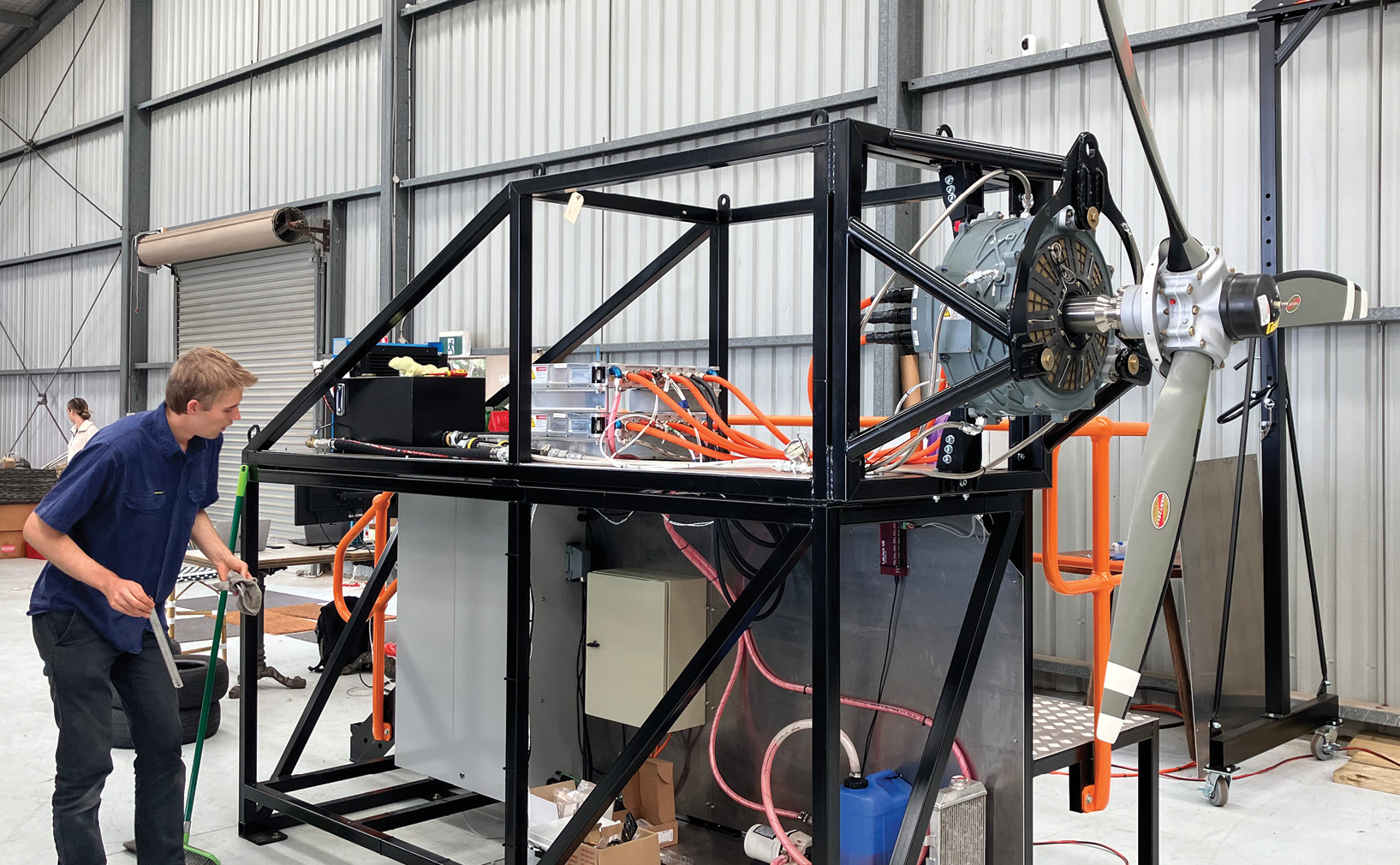
Replace or recycle
Legacy airframes were certified for the weight capacity and endurance for which they were designed, not with retrofitting or electrification in mind, making the weight and power availability dilemma very real. Ellis said, ‘The added weight dispersion of battery energy storage across a legacy airframe in an ad hoc manner adds further cooling and cabling difficulties that, while not proving complex to address, ultimately penalise the usable range and payload of an aircraft that was designed at a time where induced drag was easily overcome by burning more fuel.’
Further, reducing the cost and production times of new airframes by using composite materials may rival the cost of maintaining an old airframe with retrofitted new technology. ‘Although I’m all about recycling, the success of some clean-sheet designs [new type certificate aircraft], such as the new Joby design and the Eviation Alice [nine-seater] aircraft, are testament to the requirement of purpose-built, vastly more efficient airframes, with integrated battery architecture that complement the weight and balance of the aircraft, rather than compromise it,’ Ellis said.
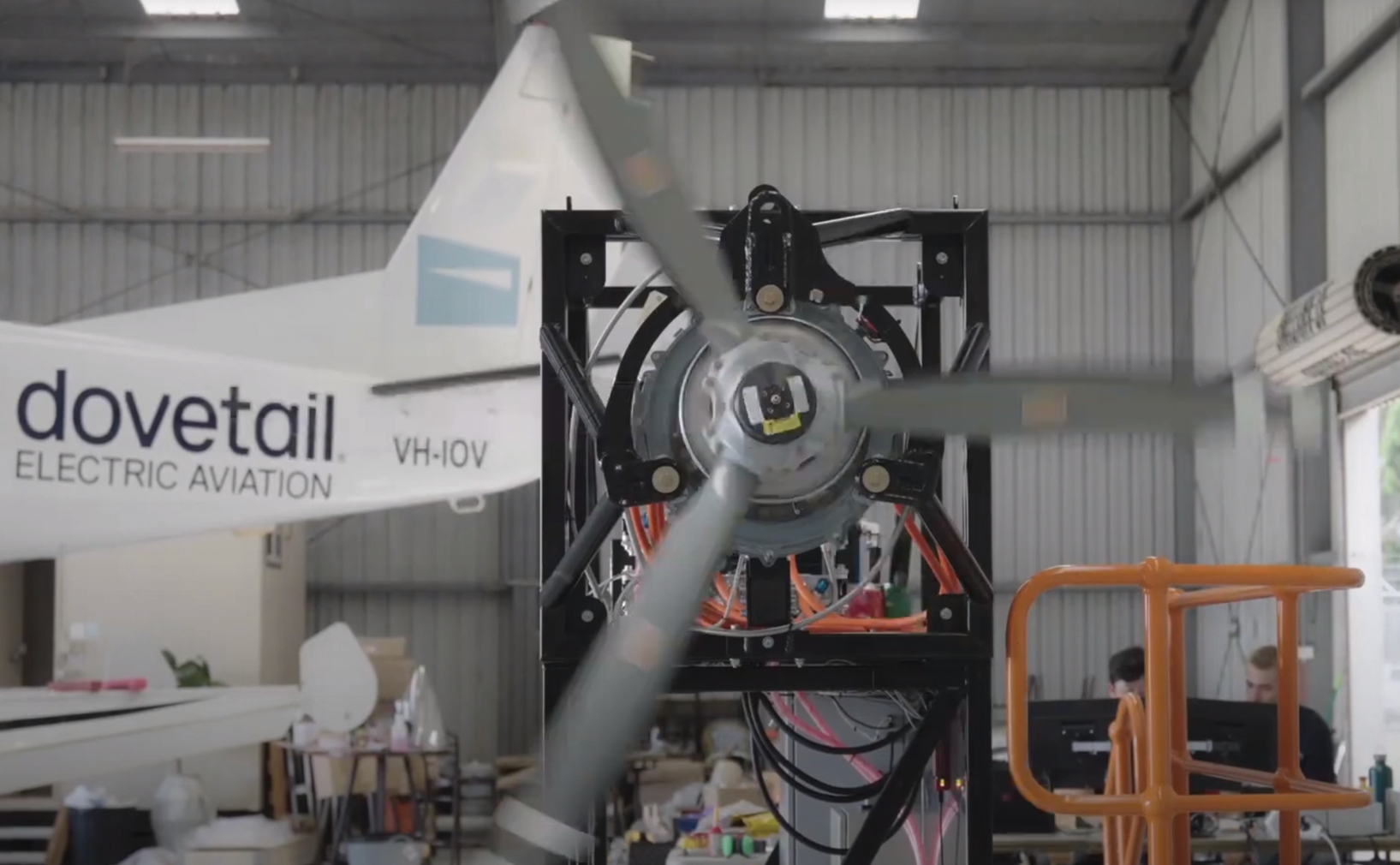
However, with aviation profit margins historically wafer-thin, ditching airworthy King Airs to purchase new Alices might make an airline accountant’s eyes blink furiously, whereas retrofitting might only make them water a little.
Retrofitting doesn’t necessarily need to wait until the engine has run out of hours for the investment to be worthwhile. ‘It becomes viable at engine overhaul time, which for a conventional engine is every 3,600 hours,’ Dovetail founder Doral says. ‘Then, give it a second life and make it more efficient. And we think the same business model would be applicable to hydrogen-electric powertrain retrofits, but that will depend on the price of hydrogen.’
Ditching airworthy King Airs to purchase new Alices might make an airline accountant’s eyes blink furiously, whereas retrofitting might only make them water a little.
Safety elements
It is a given that a cleaner aviation industry cannot compromise aviation safety. Electrification may mean fewer moving parts and therefore a promise of less maintenance, however, batteries are still considered dangerous goods and some hybrid systems, such as those with associated gas tanks, can be complex. The truth is probably that there are reduced and increased elements of risk that are entered into the risk matrix and mitigated by design as far as is humanly possible.
Dovetail’s proposed King Air project, for example, draws power from both lithium batteries and hydrogen-assisted fuel cell technology – a safety measure in itself through redundancy. As well, using fire-resistant batteries, thermal management and battery-monitoring technology to mitigate the risk of battery failure or fire is not inherently different to similar safety measures for conventional combustion engines.
It is a given that a cleaner aviation industry cannot compromise aviation safety.
Certainly, the authorities wouldn’t have it any other way – the public can rest assured that retrofitted aircraft, having undergone the additional, rigorous scrutiny required of a major modification, will be at least as safe as conventionally powered aircraft.

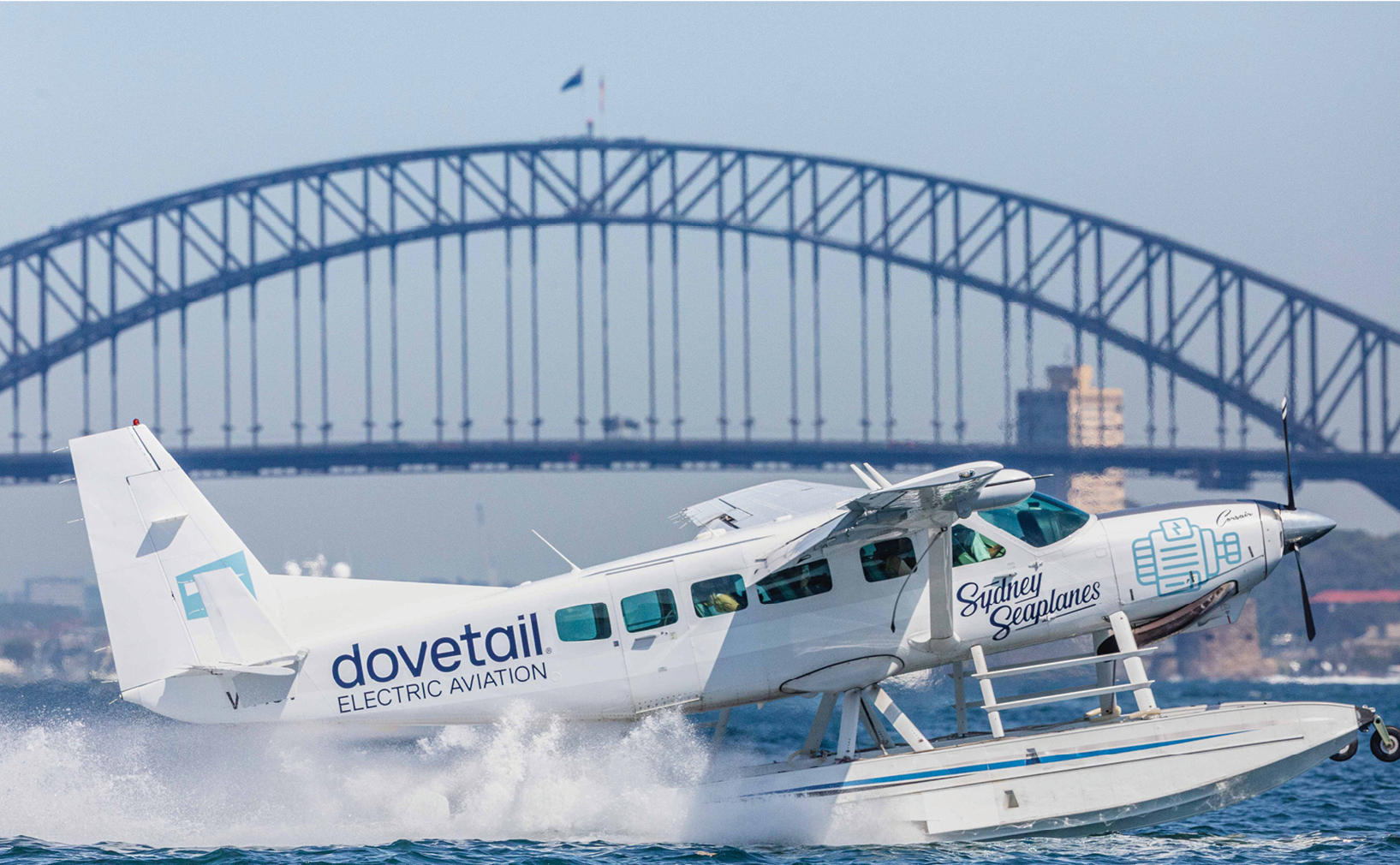
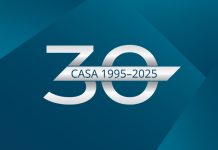
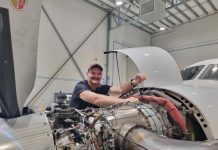
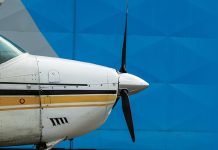

Oh to still be young and healthy and actively involved at the ‘coal – face’ as I was fortunate to have been with QANTAS/British Airways as LAME to a Regional/Central office A/W surveyor in Canberra.
I have been fortunate to have witnessed aviation history in the making. I will watch with relish the “Green Revolution” play out.